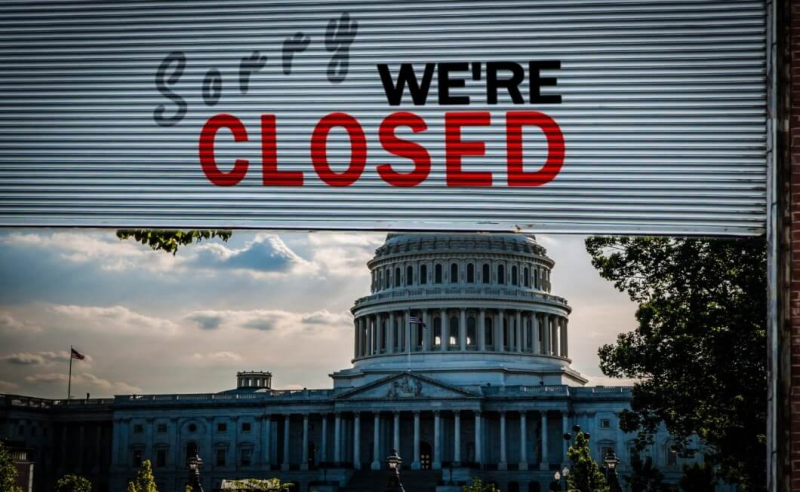As of October 1, 2025, the United States found itself in the midst of yet another government shutdown, its twentieth since 1976. A failure to reach a consensus on the federal budget in Congress triggered this event, resulting in furloughs for hundreds of thousands of government workers and the cessation of many “non-essential” services. The consequences are already being felt across the country, particularly within the travel and tourism industries, affecting everything from air travel to the operation of national parks and museums.
Air Travel Disruptions: Delays and Longer Wait Times
Air traffic controllers and airport security personnel are considered essential; they’re required to work without immediate compensation during the shutdown. This prevents total air travel chaos; however, understaffing and lack of pay might lead to flight delays and cancellations, both domestically and internationally. It’s probably a good idea for travelers to prepare for longer wait times at airport security.
Interestingly, rail travel seems to be unaffected. Amtrak, the national passenger rail service, operates fairly independently, despite the public funding that it receives. The company has reassured passengers that its services will continue as normal throughout the shutdown.
National Parks and Museums Face Closures
A large number of national parks might have to close. One contingency plan, from 2024, suggested that up to 433 sites (including the Grand Canyon, which saw 4.9 million visitors in 2024), could be shuttered. Looking back, the 2013 shutdown led to 8 million canceled park visits, and the 2019 shutdown saw some parks stay open with limited services.
On the bright side, some states are trying to lessen the blow. For example, Utah has made arrangements to keep its five national parks (Arches, Bryce Canyon, Canyonlands, Capitol Reef, and Zion) open, albeit with fewer services and staff. Arches National Park has even dropped its timed entry ticket system for now, allowing anyone to enter freely. Other states, like Colorado, have also previously funded park operations during shutdowns to keep parks accessible.
Click here to preview your posts with PRO themes ››
Museums are also in a precarious position. The Smithsonian Institution, which runs 21 museums, mostly in Washington, D.C., as well as two in New York, has enough funding to stay open until at least October 6, 2025. That being said, an extended shutdown could lead to closures, which would further disrupt U.S. tourism.
The Statue of Liberty, part of the National Park Service, may also face closure. Although there isn’t a final decision yet, the National Park Service suggests checking their website for updates. They seem optimistic that federal services and parks can remain open.

A Chilling Effect on U.S. Tourism
The timing of the shutdown is less than ideal. On September 30, 2025, the price of the Electronic System for Travel Authorization (ESTA) doubled (from $21 to $40). This price hike, on top of a decrease in travel, appears to have caused a fairly dramatic 32.7% drop in travel bookings for the All Saints’ Day period compared to 2024, according to data from Orchestra and Entreprises du Voyage.
U.S. Tourism Rebound in 2026?
Despite these issues, there’s some hope among tourism professionals that things will get better in 2026. The United States will be celebrating its 250th anniversary, along with the centennial of Route 66, and hosting the FIFA World Cup, which could attract millions of visitors and improve the country’s reputation. These could potentially reverse the current negative trend and give the U.S. tourism industry a needed boost.
For the time being, travelers should make sure to use official sources, such as the National Park Services website. Check the National Park Service’s website for updates, and brace yourself for possible problems with flights and getting into national parks or museums. Getting the budget situation sorted out in Congress is super important for things to go back to normal and for the U.S. to keep being a great place for tourists to visit.


